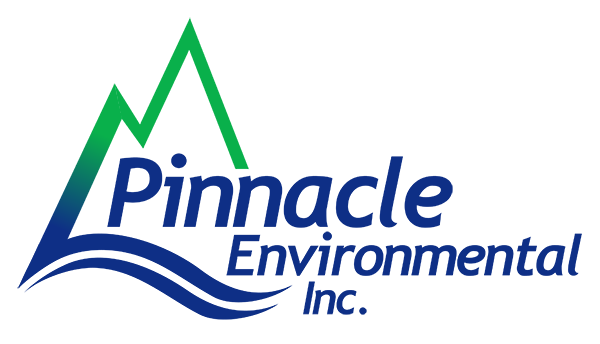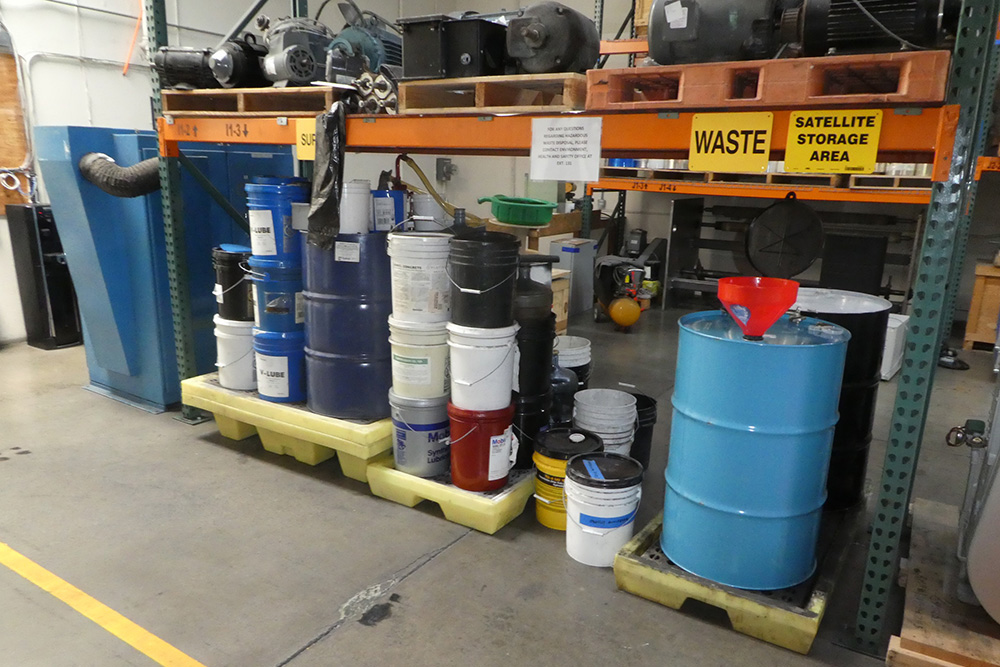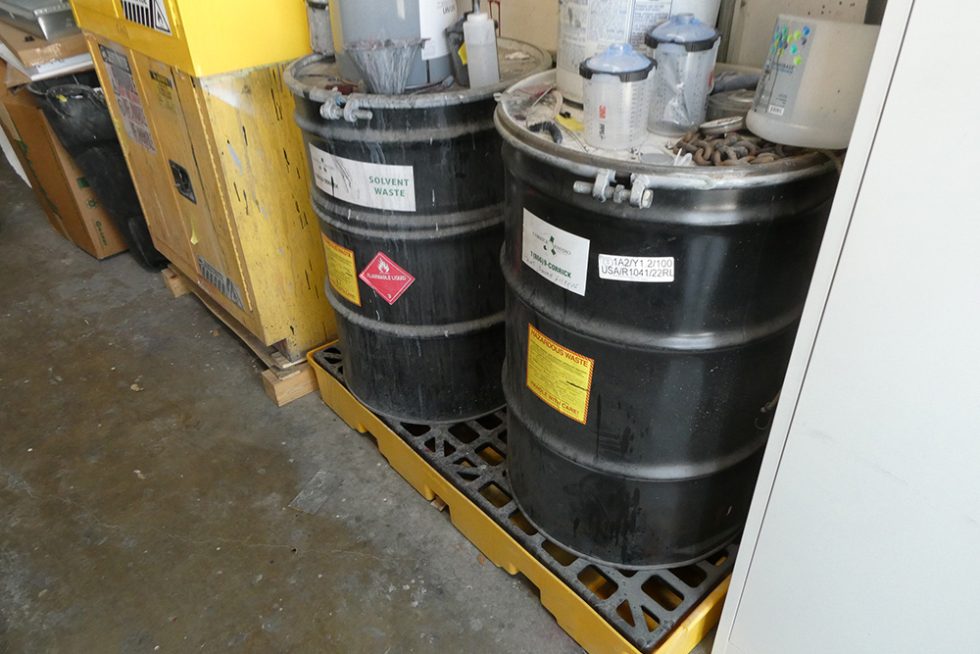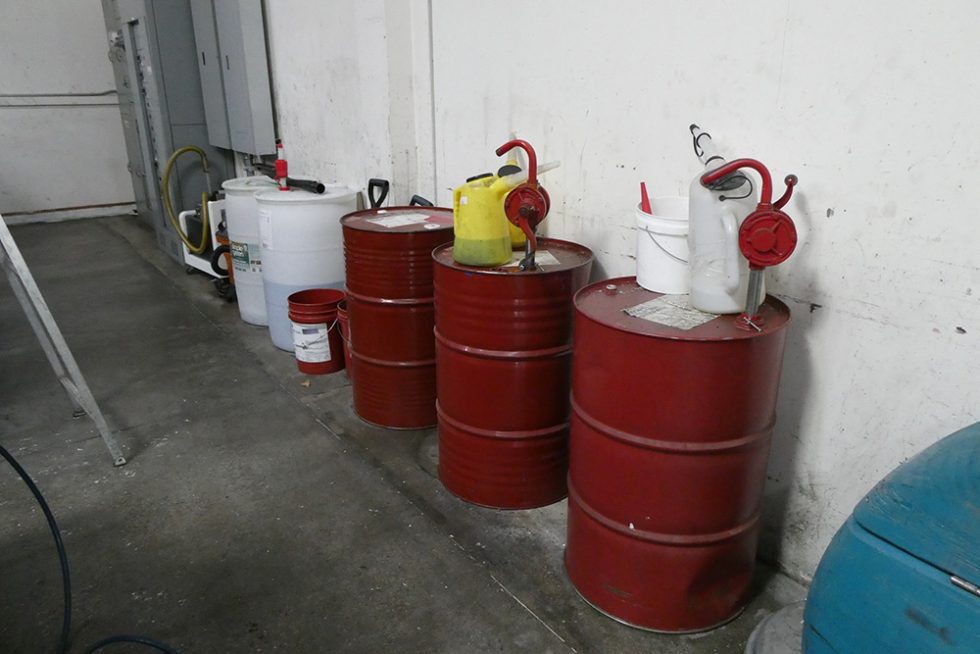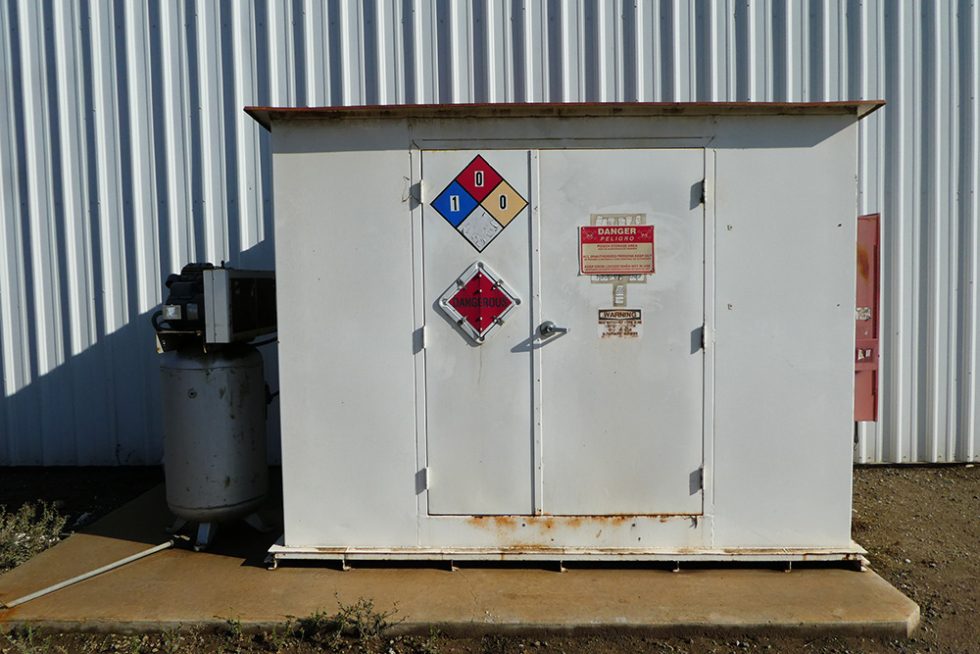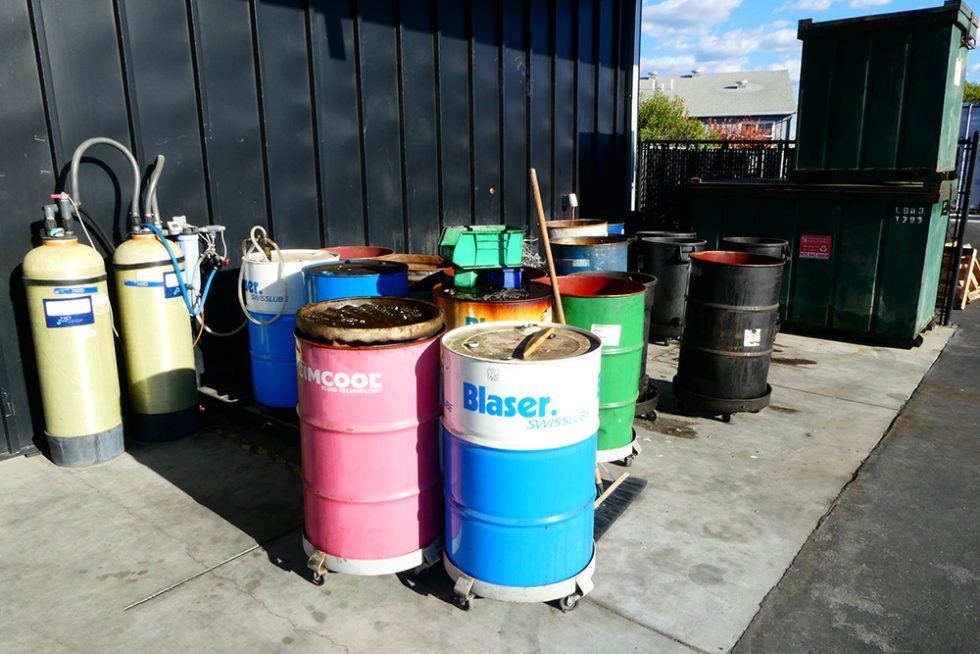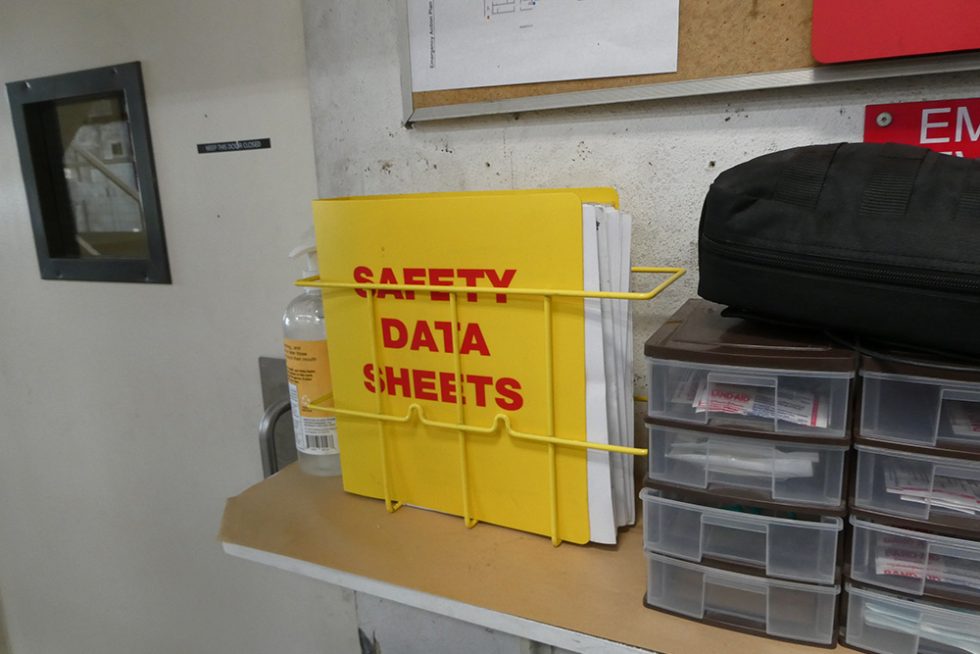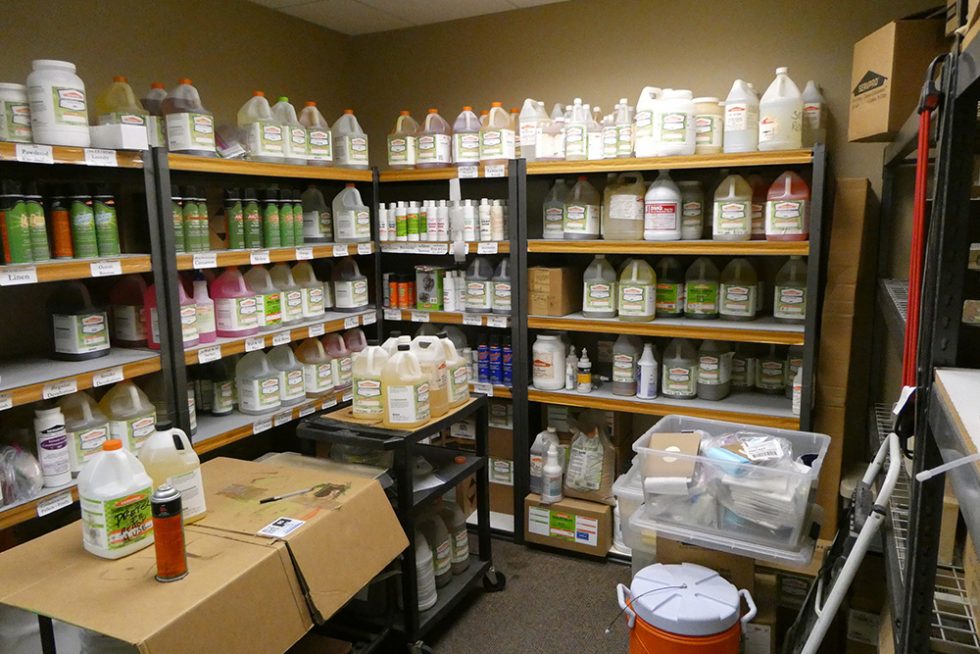Hazardous Material Business Plans
Hazardous Material Business Plans (HMBP)
A Hazardous Materials Business Plan (HMBP) outlines the strategies, procedures, and safeguards implemented by businesses that handle or store hazardous materials. It serves as a blueprint for managing the risks associated with hazardous materials to ensure the safety of employees, the public, and the environment. An HMBP includes information on the types and quantities of hazardous materials on-site, emergency response protocols, employee training programs, containment measures, spill prevention, and control measures, and communication channels with local authorities and emergency responders. It is designed to facilitate effective emergency response, promote compliance with regulatory requirements, and prevent or mitigate potential hazards that may arise from the handling or storage of hazardous materials.
What is the procedure to create a Hazardous Materials Business Plan (HMBP)?
Hazardous Materials Business Plans (HMBP) help businesses minimize the impact of environmental incidents such as spills, leaks, or other hazardous events that may occur as part of their operations. The process of creating an HMPB involves the following steps:
-
- Identify the Risks: The first step in creating an Environmental Business Response Plan is to identify the potential environmental hazards associated with the business. This may involve reviewing the relevant laws and regulations, conducting a site survey, or consulting with experts.
- Assess the Risks: After identifying the potential hazards, the next step is to assess the risks associated with each one. This involves evaluating the likelihood and potential impact of each hazard.
- Develop a Response Plan: Based on the risk assessment, a comprehensive response plan should be developed. This plan should include procedures for responding to an environmental incident, such as containment, cleanup, and communication with stakeholders.
- Establish Roles and Responsibilities: To ensure effective implementation of the response plan, it is essential to assign roles and responsibilities to individuals or teams. This may include designating a response team leader, identifying personnel who will be responsible for implementing specific response procedures, and outlining communication protocols.
- Test and Refine the Plan: Once the HMBP has been developed, it should be tested through drills and exercises to identify any gaps or weaknesses. Based on the results of the testing, the plan should be refined and updated as necessary.
- Train Employees: Finally, all employees who are likely to be involved in implementing the response plan should be trained on their roles and responsibilities. Regular training and refresher courses should be conducted to ensure that employees are prepared to respond in the event of an environmental incident.
What types of businesses are required to have an HMBP?
Businesses that handle or store hazardous materials are required to have a Hazardous Materials Business Plan (HMBP) in place. The specific regulations and requirements may vary depending on the state and local jurisdiction, but the following are general types of businesses that commonly fall under these requirements:
-
- Storage Facilities: Facilities that store hazardous materials, such as warehouses, distribution centers, and terminals.
- Waste Management Facilities: Facilities engaged in the storage, treatment, or disposal of hazardous waste, including hazardous waste landfills, recycling centers, and incinerators.
- Chemical Manufacturers: Companies involved in the production of chemicals, including pharmaceuticals, pesticides, fertilizers, and industrial chemicals.
- Industrial Manufacturing: Certain industrial facilities that use or produce hazardous materials, such as metal fabrication, electronics manufacturing, and chemical processing plants.
- Refineries: Oil refineries that process and store petroleum products.
- Laboratories: Research facilities, educational institutions, or private laboratories that handle hazardous chemicals or biological materials.
- Transportation Companies: Businesses involved in the transportation of hazardous materials, including trucking companies, railroads, shipping companies, and airlines.
- Mining and Extraction Operations: Companies involved in mining, drilling, or extraction activities that handle hazardous substances, such as mining operations, oil and gas extraction sites, and quarries.
Specific requirements for Hazardous Materials Business Plans (e.g., reporting thresholds, emergency response procedures, regulatory agencies involved, etc.) can vary by jurisdiction.
What concerns are HMBPs designed to mitigate?
HMBPs are designed to help mitigate environmental and health concerns associated with a variety of hazardous incidents, including chemical spills, air emissions, and other types of environmental hazards. Some of these concerns include include:
-
- Soil and Water Contamination: Accidental spills of chemicals or other hazardous materials can contaminate soil and water, posing a risk to human health and the environment. An HMBP can help mitigate these risks by providing a framework for quickly containing and cleaning up spills before they spread.
- Hazardous Waste Disposal: Businesses generate hazardous waste as part of their operations, which can pose a risk to human health and the environment if not managed properly. Environmental Business Response Plans can help businesses ensure that hazardous waste is properly handled, transported, and disposed of to minimize risks.
- Occupational Health and Safety: Workers in industrial and manufacturing settings may be exposed to hazardous materials and work in hazardous conditions. Environmental Business Response Plans can help mitigate these risks by identifying potential hazards and providing procedures for safely managing them.
